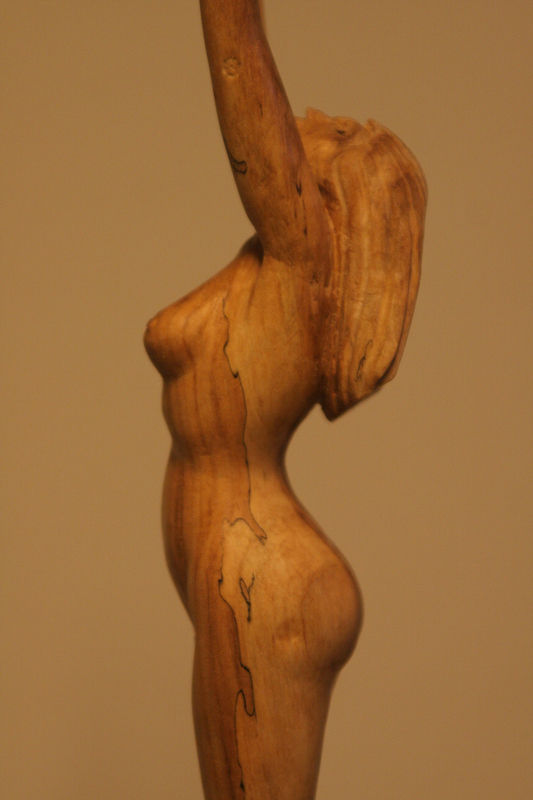Nidaba
The Sumerian Goddess of Writing and Learning
The Sumerians created civilization in Mesopotamia 4,000 years BC. As well as inventing writing, they also invented early forms of mathematics, wheeled vehicles, astronomy, astrology, written law, organized medicine, advanced agriculture and architecture, and the calendar. They created the first city states of Uruk, Ur, Isin, Lagash, Kish, Umma, Eridu, Adab, Akshak, Sippar, Nippur and Larsa.
Nidaba was the Sumerian goddess of writing, learning, and the harvest. Her sanctuaries were Ezagin at Eresh and at Umma. On a depiction found in Lagash, she appears with flowing hair, crowned with horned tiara bearing supporting ears of grain and a crescent moon. Her dense hair is evoked in comparison in the description of similarly hairy Enkidu in the Gilgamesh epic.
As the goddess of writing and teaching, Nidaba was often praised by Sumerian scribes. Many clay-tablets end with the phrase “Nidaba be praised” to honor the goddess. She is considered the teacher of both mortal scribes and other divine deities. As the goddess of knowledge, she is related to many other facets of intellectual study and other gods turned to her for advice or aid. Nidaba is also associated with grain, reflecting her association with an earth goddess mother.
No ancient figural representations of Nidaba are known to exist. This modern carving depicts the Goddess with one eye open to see the world as it is, and the other eye looking inward at how the world ought to be.
L.N. Thibos, Sculptor
November, 2014
Wood, 20” tall

Wood, 20” tall. (Privately held)
Click on any image in the gallery to enlarge the view.












To explore the sculpture interactively,
-
click and drag cursor to rotate
-
shift+click and drag cursor to pan
-
scroll to zoom in or out
